Internet of Things IoT
We should explain what is an internet at first. The Internet is the global system of interconnected computer networks that communicates between networks and devices using the Internet Protocol Suite TCP / IP. The internet was beginning in The Defense Advanced Research Projects Agency (DARPA) which it is an agency of the USA Department of Defense which responsible for developing the smart technologies for military uses. In the 1960s, DARPA was invented ARPANET that is a computers network created to make the universities and researches centers communicate with each other. ARPANET was the kernel that helped in the existence of the internet today.
In the past, only the computers communicated with each other on the same network (internet) and there are a main computer called a Server that serves to the other computers. But now we see devices other than computers connected to the Internet such as Mobile, Smart wristwatches, Vehicles, Rockets, Washing machines, Refrigerators, Smart glasses, Medical devices and so on. So, we can simply describe the Internet of Things IoT as a many things (devices) connected to internet and the information is exchanged between them. There are main pillars of IoT Applications such as,
1. Smart Home Applications, their are include washing machines, refrigerators, stoves, smart lampshades, smart meters and so on.
2. Smart Industries and Cities Applications, First, Cities applications their are include controlling of light systems, remotely parking and monitoring the temperature, humidity, wastes, noise level and traffic ..etc. Second, Industries applications their are include monitoring of factory operations, quantity of products, energy & resources consumption and safety & quality factors..etc.
3. Medical Applications, their are include an implanted devices inside the human body, organs transplantation and monitoring the body organs conditions. In general, there are many healthcare applications such as Follow up the patients conditions and monitoring the medical devices status and their maintenance times..etc.
4. Mobility and Transportation Applications, now the cars, trains, bicycles, shoes, planes and any vehicles can connected to the internet and the information is exchanged between them.We can predict the errors and malfunctions of the vehicles. The vehicle sensors which embedded in On-Board Diagnostics Port can save vehicle data and transmit it (by carrier network like 3G, 4G, Satellites..etc) into the services center to maintain it.
5. Infrastructure Applications, their are used in building management systems and monitoring the stability, leaning, load and tension of building. Also, their can measure the power consumption , light intensity and air quality.
» Article Citation
Written by Anas, K. (2020, June 17). Internet of Things IoT, IEEE AIET SB. Retrieved from https://edu.ieee.org/eg-aiet/internet-of-things-iot/
» References
[1] Boshra,B.(2018).Introduction to the internet of things.Retrieved from https://maharatech.gov.eg/course/view.php?id=15
[2] Intel, (2014, Mar 12). Intel IoT — What Does The Internet of Things Mean?. Retrieved from https://www.youtube.com/watch?v=Q3ur8wzzhBU&feature=emb_logo
[3] IBM Think Academy, (2015, Sep 3). How It Works: Internet of Things. Retrieved from https://www.youtube.com/watch?v=QSIPNhOiMoE&feature=emb_logo
[4] Rouse, Margaret (2019). “internet of things (IoT)”. IOT Agenda.
[5] Brown, Eric (20 September 2016). “21 Open Source Projects for IoT”. Linux.com.
[6] “Internet of Things Global Standards Initiative”. ITU.
[7] Hendricks, Drew. “The Trouble with the Internet of Things”. London Datastore. Greater London Authority.

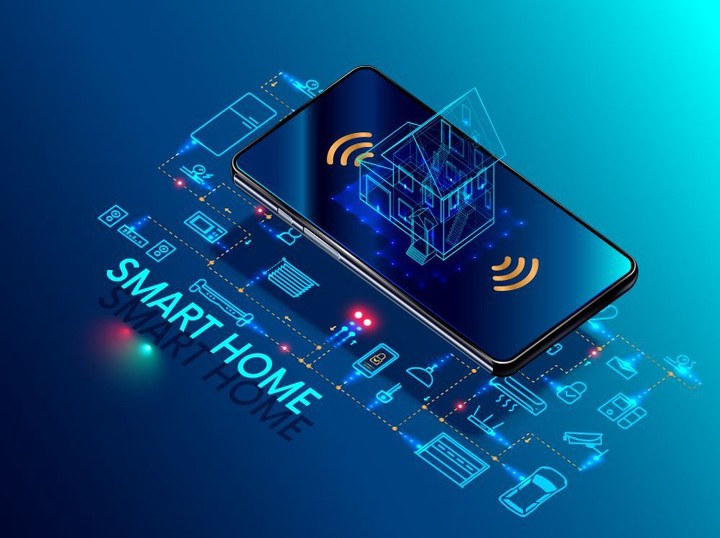

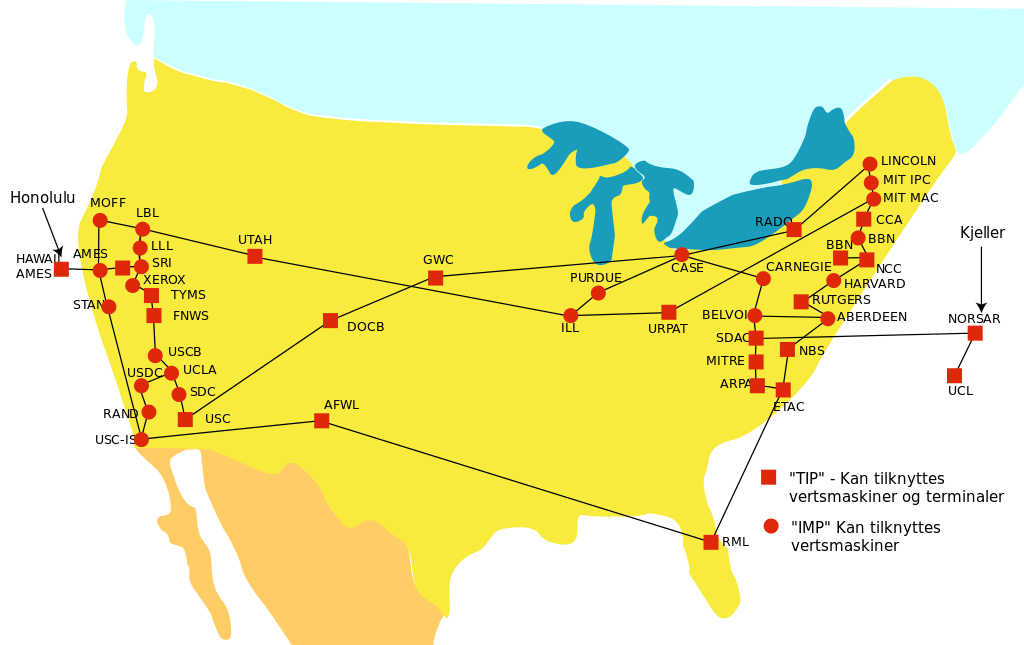
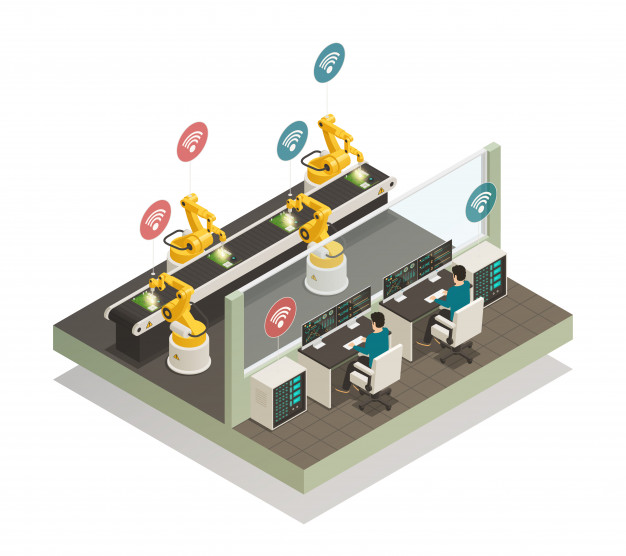
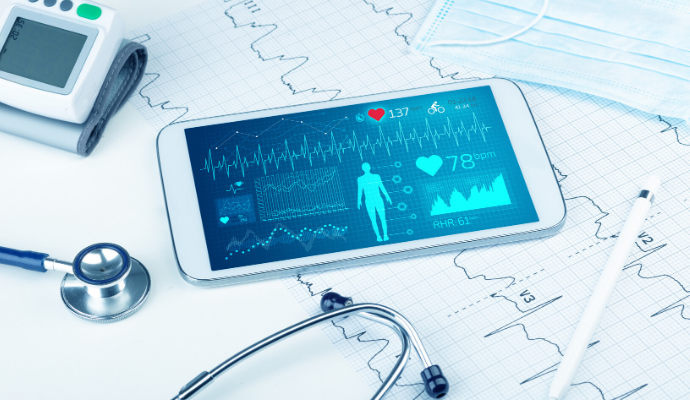



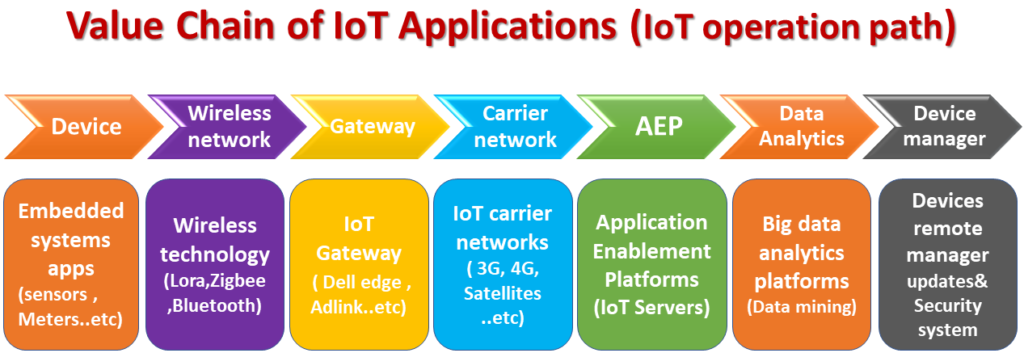
Leave A Comment